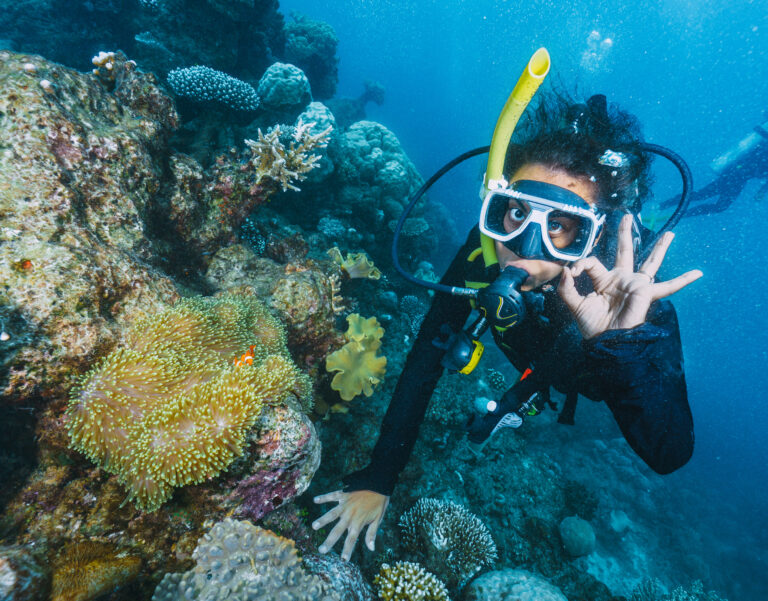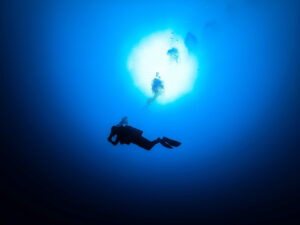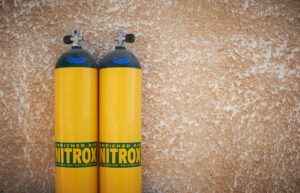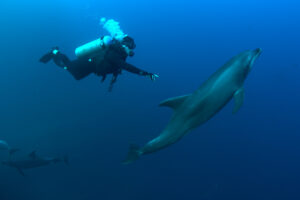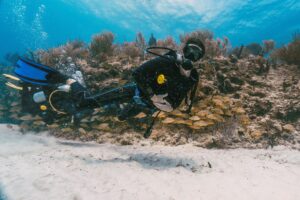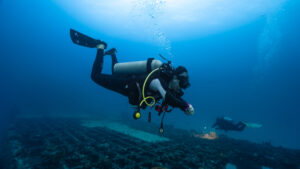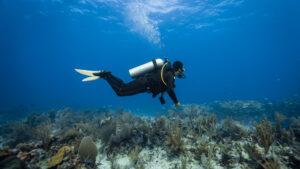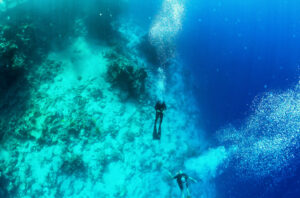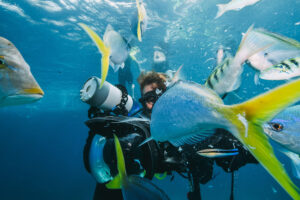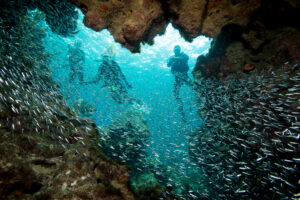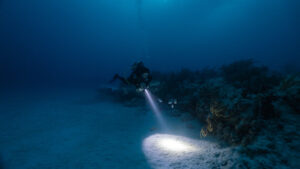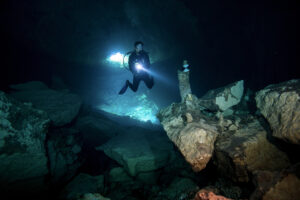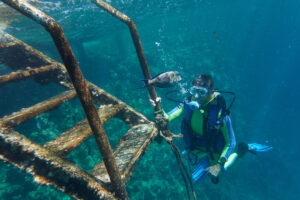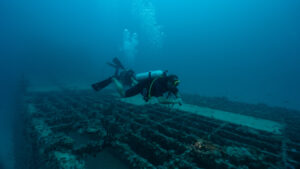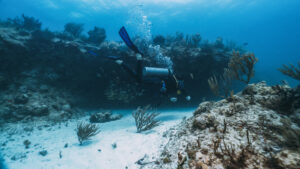What is an O-ring when Scuba Diving?
O-rings are essential components in scuba diving equipment. They are loops of elastomer designed to be placed in a groove and compressed between two or more parts, creating a seal at the contact surfaces. The invention of the O-ring, which provides secure, watertight connections between various components, has contributed significantly to the safety and reliability of scuba diving gear. This entry examines the composition, functionality, applications, and maintenance of O-rings in scuba diving equipment.
Composition and Properties
O-rings are typically made from elastomeric materials that exhibit elasticity and resilience. The most common material for scuba diving O-rings is Nitrile rubber (NBR), a synthetic rubber compound known for its excellent resistance to petroleum-based fluids, heat, and abrasion. Other materials, such as ethylene propylene diene monomer (EPDM), silicone, and fluorocarbon elastomers, can also be used depending on the specific application and operating conditions.
The primary properties of O-ring materials include chemical compatibility with the surrounding environment, resistance to temperature fluctuations, and resistance to wear and tear. By utilizing materials with these properties, O-rings ensure secure connections and prevent the ingress of water, gas, or particulate contaminants.
Functionality
O-rings function as seals in a wide variety of applications, including static and dynamic environments. In static applications, the O-ring remains stationary and provides a seal between two mating surfaces. In dynamic applications, the O-ring experiences movement and is subject to wear and tear, requiring more frequent inspection and replacement.
In scuba diving equipment, O-rings are used in both static and dynamic applications. For instance, in the first stage of a regulator, O-rings form a static seal between the regulator’s body and the cylinder valve. In the second stage, O-rings provide dynamic seals in the moving components of the demand valve.
Applications in Scuba Diving Equipment
O-rings are indispensable components in various pieces of scuba diving equipment, including regulators, buoyancy compensator devices (BCDs), underwater cameras, and dive computers. Key applications include:
Regulators
O-rings are used to create seals in both the first and second stages of a scuba diving regulator, ensuring that the high-pressure gas from the diving cylinder is delivered safely and consistently to the diver.
BCDs
O-rings are used in the inflator mechanisms of BCDs, preventing the ingress of water and maintaining the integrity of the air bladder.
Underwater Cameras
O-rings provide watertight seals in underwater camera housings, protecting sensitive electronic components from water damage.
Dive Computers
O-rings seal the battery compartments of dive computers, ensuring that the devices remain functional and accurate during dives.
Maintenance and Replacement
Regular inspection and maintenance of O-rings are crucial for the safety and reliability of scuba diving equipment. Divers should visually inspect O-rings for damage, such as cracks, cuts, or signs of wear, before and after each dive. Additionally, O-rings should be replaced periodically, as recommended by the equipment manufacturer.
To maintain O-rings in optimal condition, it is essential to keep them clean and well-lubricated. O-rings should be lubricated with a thin layer of silicone grease, which helps reduce friction, wear, and the likelihood of leaks. It is important to use only manufacturer-approved lubricants, as some substances can cause O-ring materials to degrade or swell, compromising their sealing capabilities.
Key Takeaways
O-rings are fundamental components in scuba diving equipment, providing secure, watertight seals in a wide range of applications. By understanding their composition, functionality, and proper maintenance, divers can ensure the safety and reliability of their gear while exploring the underwater world. O-ring technology has enabled the development of high-performance scuba diving equipment, allowing divers to confidently venture into various aquatic environments and depths.
As scuba diving continues to evolve and equipment advances, the importance of understanding and properly maintaining O-rings cannot be overstated. With proper care and attention, these small yet crucial components will continue to provide divers with secure connections and peace of mind, ensuring the ongoing success of underwater exploration.
O-rings serve as the unsung heroes of scuba diving equipment, working tirelessly behind the scenes to maintain the integrity of various components. By recognizing their significance and prioritizing their maintenance, divers can ensure that their gear remains reliable and watertight, allowing them to focus on the joys and discoveries that await beneath the surface.

